The "Reader Meets Writer" occasions always offer the Readers the opportunity to evaluate (or re-evaluate if necessary) their subjective relationship to the written text (the experiences lived while and the lessons learned from the reading) in the light of the questions asked to the Writers and the answers received from them, or gain new inspiration from them to think everything further. A simple analogy: if someone looks back now and recalls the reading experiences of the childhood, there is a good chance that among them there will be some that later turned out to have had a lasting impact on the personal life - for example, when choosing hobby, profession, or vocation, etc. The president of our association is now reporting on such a case, presenting the result to which one of his previous work may have contributed, providing inspiration to the young mind, which is looking for the exciting and which is receptive to the new. Hereafter, dr. Tamás Balogh's reminiscence with a personal tone and a description of the work of the Japanese Yumi Watanabe follow.

Fig. 1.: A rendering of the 3D model of the STATENDAM (II) ocean liner featured in the Tiny Sailor's World video game devloped by user GalaxyExpress with the contribution of Yumi Watanabe.
Great Book of Ships by Imre Marjai, the Hungarian maritime historian is a vivid memory for me, as I was so interested in its content that I eventually learned to read from this book, and I currently lead the association which Imre Marjai also helped to establish thirthy years earlier. Remembering this, I was very touched when a young shiplover from Japan sent me a letter and thought a story further that I had the good fortune to cover in writing before.
When my book dedicated to the history of the ocean liner STATENDAM (II) was published in 2018, based on the feedback from those who were interested, it quickly became clear that I was able to work on a topic - was relatively unprocessed till then - that aroused very keen interest among a wide range of fans of history of the ocean liners. In addition to the honorable letters from readers, several valuable professional feedbacks were received, which drew attention not only to the virtues of the work done, but also to the possibilities for further improvement. Among these, one of the most pleasant surprises for me was caused by a Japanese reader.
I received a letter from Japan on 29.05.2021. A certain Yumi Watanabe - based on the profile picture on his Facebook profile, a very young shiplover - inquired about my book published in 2018, presenting the history of the ocean liner JUSTICIA (ex-STATENDAM II.). My correspondence partner contacted me again after more than a year - on 28.08.2022 - when he was inquiring if I had ever seen any original motion picture footage of the ship during my research for the book. On 03.29.2023, he published his own research results, first in a public Facebook group dedicated to the ship's history, which has been operating since February 2014, and on 04.03, now in an expanded form on his own website. He contacted me again on 26.04.2023 regarding the details of the ship's dazzle-paint war camouflage and the ship's nomination, and these details interested him to such a depth that it became clear to me that his curiosity about the ship far exceeds that of the average person. Two days later, it became clear why: the young man reported that he was planning to make a non-commercial documentary about the ship, and asked me to appear as an interviewee in it. Unfortunately, by the middle of May, it became clear that the show was not feasible within the available time and financial frameworks. In his next letter, dated 29.12.2023, Mr. Watanabe nevertheless inquired about the design of the ship, which suggested that perhaps a more generous undertaking was taking shape. In the first quarter of 2024, more and more questions regarding further details of the ship followed, and on 24.03.2024, Watanabe Yumi proudly announced that "I am working with a small game developer and they want to add Statendam into their game as a playable ship".
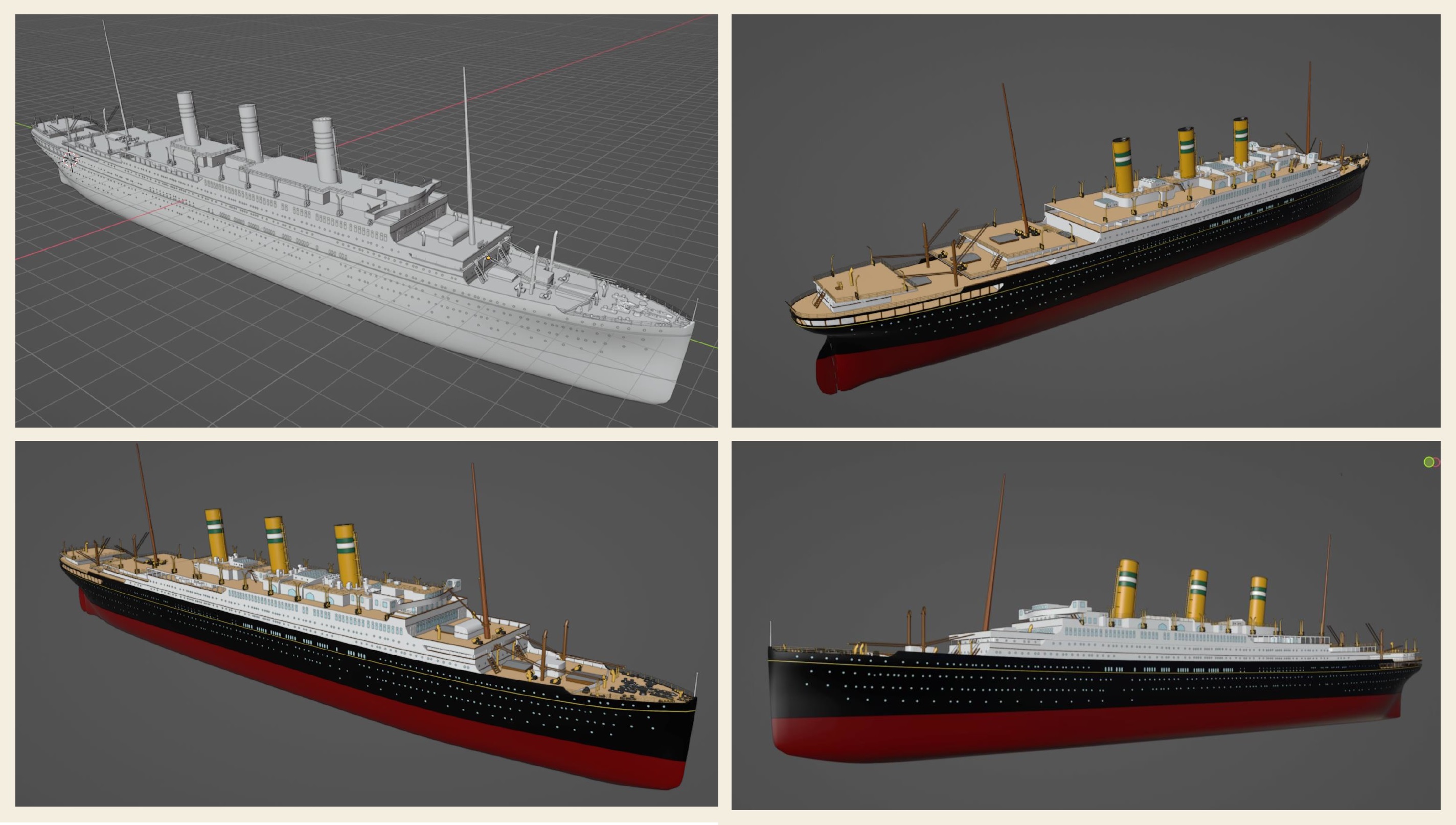
Fig. 2.: Different views of the completed - still unsurfaced - model (top left) and the colored object (bottom left and right). Courtesy of Yumi Watanabe.
The game is the Tiny Sailor's World (TSW), a Roblox game where each player can control their favorite ships modeled after real ships in a virtual world. (Roblox is an online game platform and game creation system developed by Roblox Corporation, which allows users to program games and play games created by other users. In this sense, TSW is a so-called: sandbox-game, i.e. a video game with game elements in which a predetermined goal must not be achieved, but instead provides a high degree of creativity to the players, who can freely explore the possibilities in front of them, interact with each other, and modify the game's environment or goals). In the case of STATENDAM (II), "majority of the modeling was done by the teach of Tiny Sailors World" (the user behind the user name "Galaxy Express"). Yumi Watanabe "was there to help translate the plans and create reference modelswhere needed".
At the beginning of April 2024, the 3D ship-model developed for TSW was already completed up to the level of the promenade deck, and on that only the details of the general layout had to be refined, such as the door-and-window system on the inner walls of the promenades, the exact outline and height of the boat deck superstructures, or the number, size and type of deck ventilators, as well as the number and position of the bollards, bitts and fairleads. On April 14, 2024, the work was still in full swing when the following letter arrived: "Thank you Dr Balogh! I am grateful that you have taken all this time to answer my questions regarding Statendam, I know you are a busy person but doing this has made me the person I am today. I am attending a naval engineering course because of you sir, so I couldn't thank you enough. The dusk is almost upon me so i need to get some sleep but thank you again for inspiring me. With best regards. Watanabe”.

Fig. 3.: The rendered object from different angles. Courtesy of Yumi Watanabe.
It is an exceptional opportunity for a writer to be experienced with the impact of his work on others (i.e. the experience attributed by Readers to reading his writings). According to Yumi Watanabe, he chose the naval engineering profession because he was inspired by the story of STATENDAM (the story that he found out about on the Internet when my book was published and when he learned about it such a way that he does not have the book to this day, thus - mainly through his own efforts - he acquired detailed knowledge of the ship, supplemented occasionally by our correspondence). At that moment - after reading the letter - I was found myself in the position of the Reader (suddenly I had the task of thinking about my personal relationship with the text).
All I could think about was how small the world had become. When writing my book on the history of the austro-hungarian cruiser KAISERIN ELISABETH, I had the pleasure of personally researching in Japan, where the surviving members of the crew of the cruiser sunk in the First World War spent their time as prisoners of war. It was then that I met Mr. Atsushi Otsuru, professor of history at Kobe University, whose openness and willingness to help made a deep impression on me and basically contributed to the fact that I was able to visit the area of the former Ono POW camp and its existing buildings. Fourteen years after the research at that time, Yumi Watanabe's letter serve as a remindeder that it is not at all unimaginable for the citizens of countries such as Japan and Hungary, located at a significant geographical distance from each other, to be inspired by their mutual enthusiasm.
The 3D model of STATENDAM was completed by April 24, 2024, and published in the game on May 18, accessible to connected users.
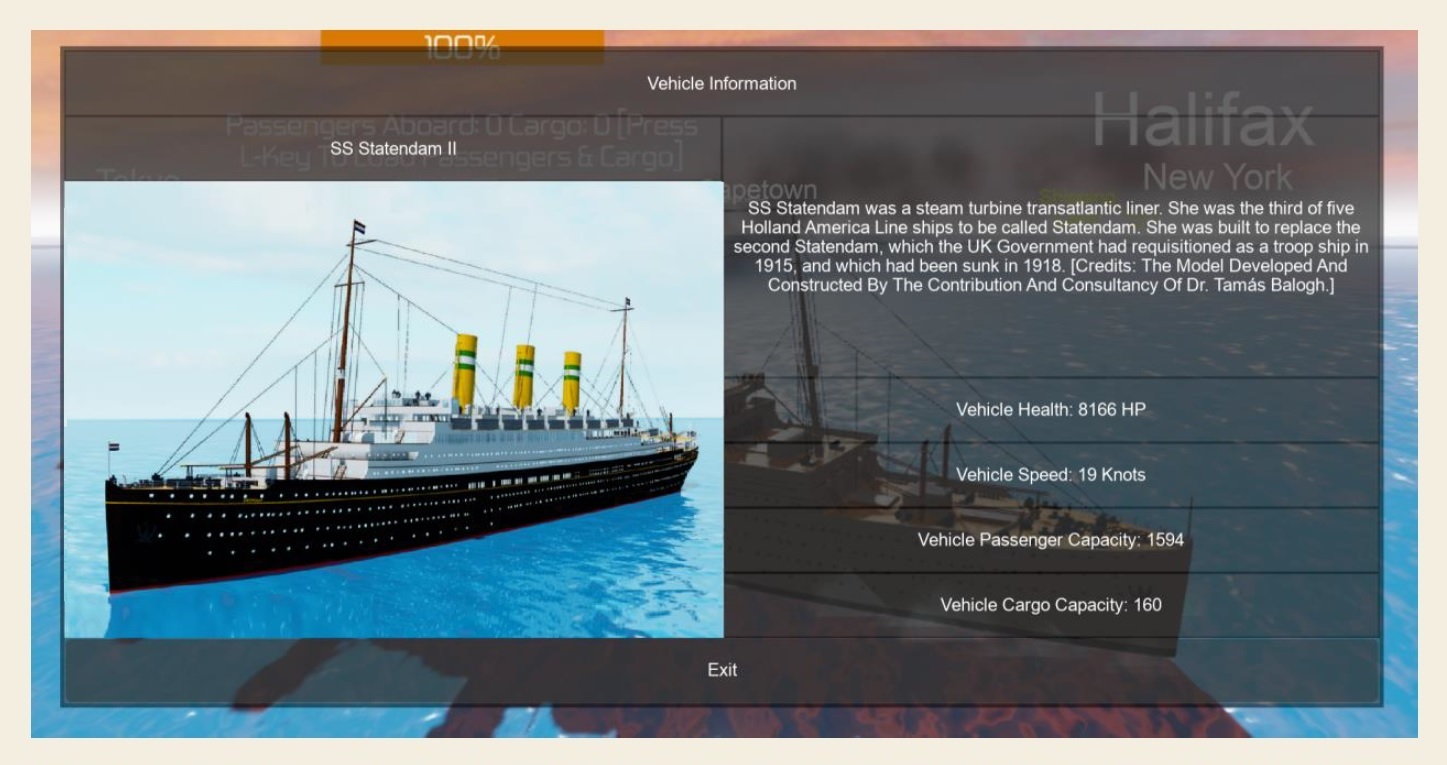
Fig. 4.: Data sheet of the new model available in the game. Corutesy of Yumi Watanabe.
The successful design of the well-done creation that players can enjoy is not only due to the accuracy of the external representation, but also the fact that – like in case of all the other ocean liners in the game – at least three of its interior spaces had to be made accessible, that is, they had to be developed in detail. There are currently 71 historic and immaginary ships and 15 airplanes available in the game (26 of the ships are free). There can be no doubt that the story of STATENDAM (II) will become known to an even wider circle through the game, and this is primarily the merit of Watanabe Yumi, who created a 3D model of the ship in an exciting form, whic is accurate and well-detailed, therefore pleasing to the eye. The manner and the determined, competent enthusiasm with which he did this, together with the result of the work, confirmed everything that I wrote to him in my previous letter on May 17, 2023 (when it became clear that the filming of the documentary could not take place): "Dear Mr. Watanabe, Thank you for the kind information! I am sorry to read that the current constraints prevent you from making the planned documentary at this moment, however, I believe that the kind of enthusiasm that I experienced on your part, despite your young age, will definitely find the right time and way for to gain expression sooner or later. It was a particularly great experience for me to see that the interest in the history of STATENDAM/JUSTICIA was awakened in Japan, of which you also enhanced by your work, so it was quite natural for me to make available (within the limits of possibilities) to you all those information of which you needed to fulfill your interest. If you are still interested in the topic in the future, you will find me. All the best, Tamas Balogh".
Seeing the 3D model made by the contribution of Yumi Watanabe, I think that he gained the right way for expression and by viewing the pictures of the finished model (which, by the courtesy of him, I can share with our readers outside the game), everyone can decide for themselves whether it really happened that way.
Congratulate to Yumi Watanabe and wish him success and good health in his further work!
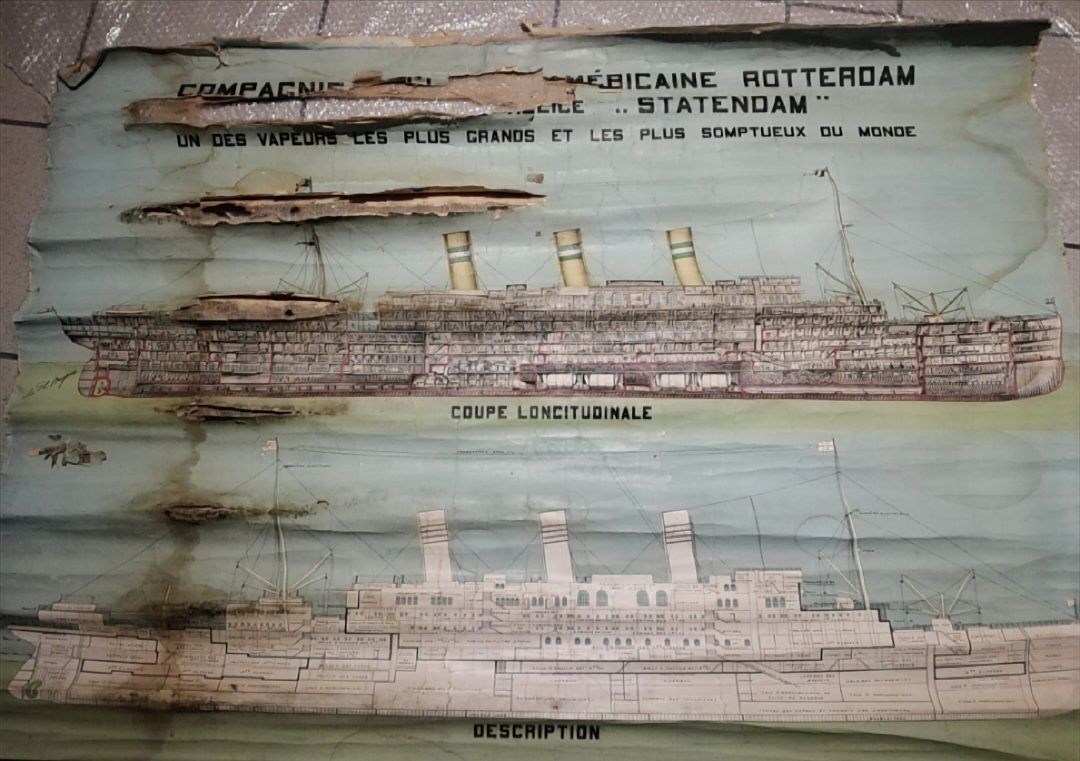
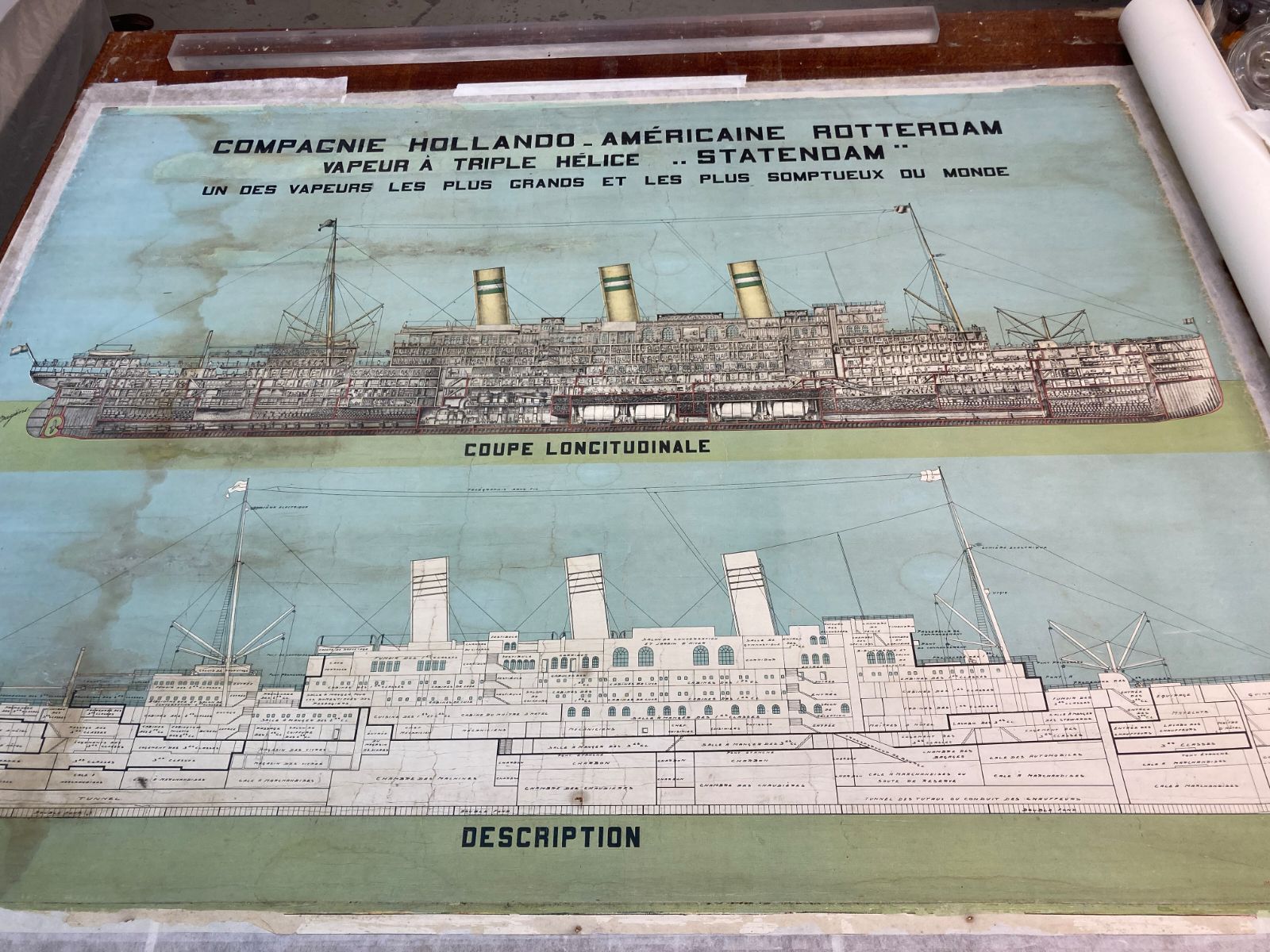
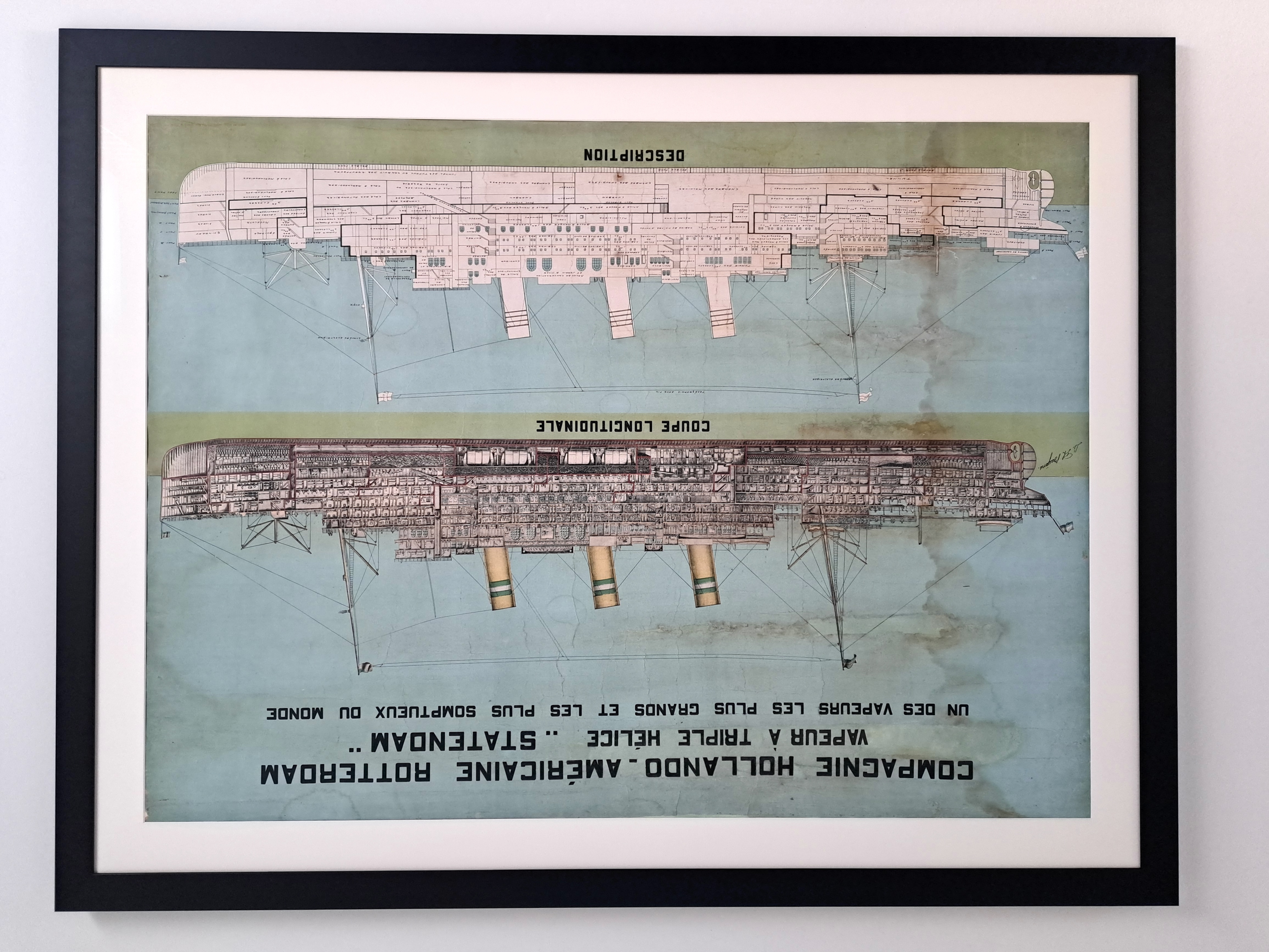
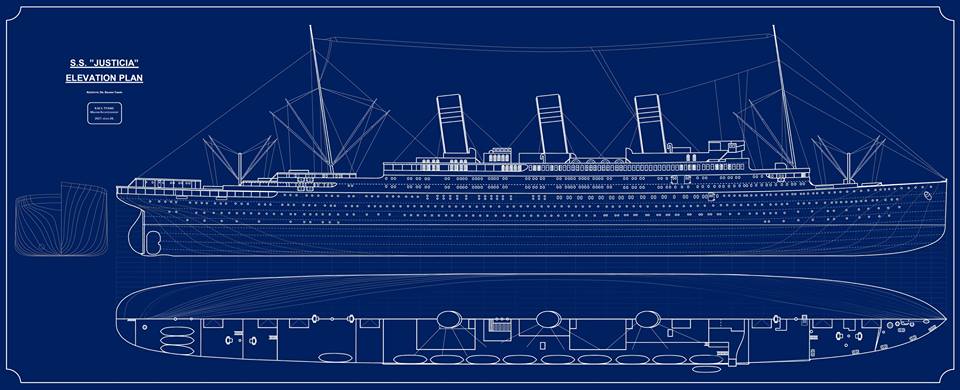
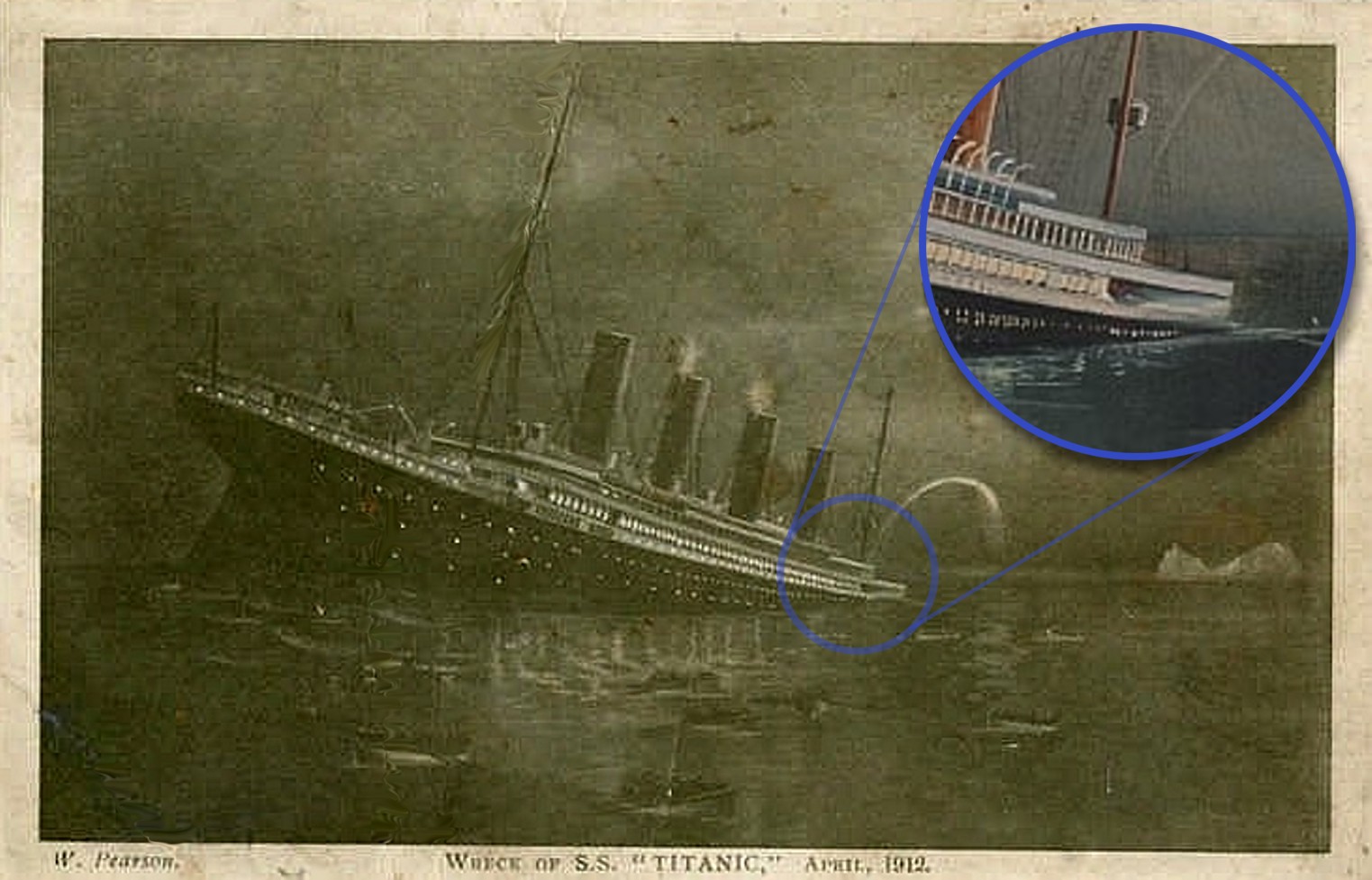

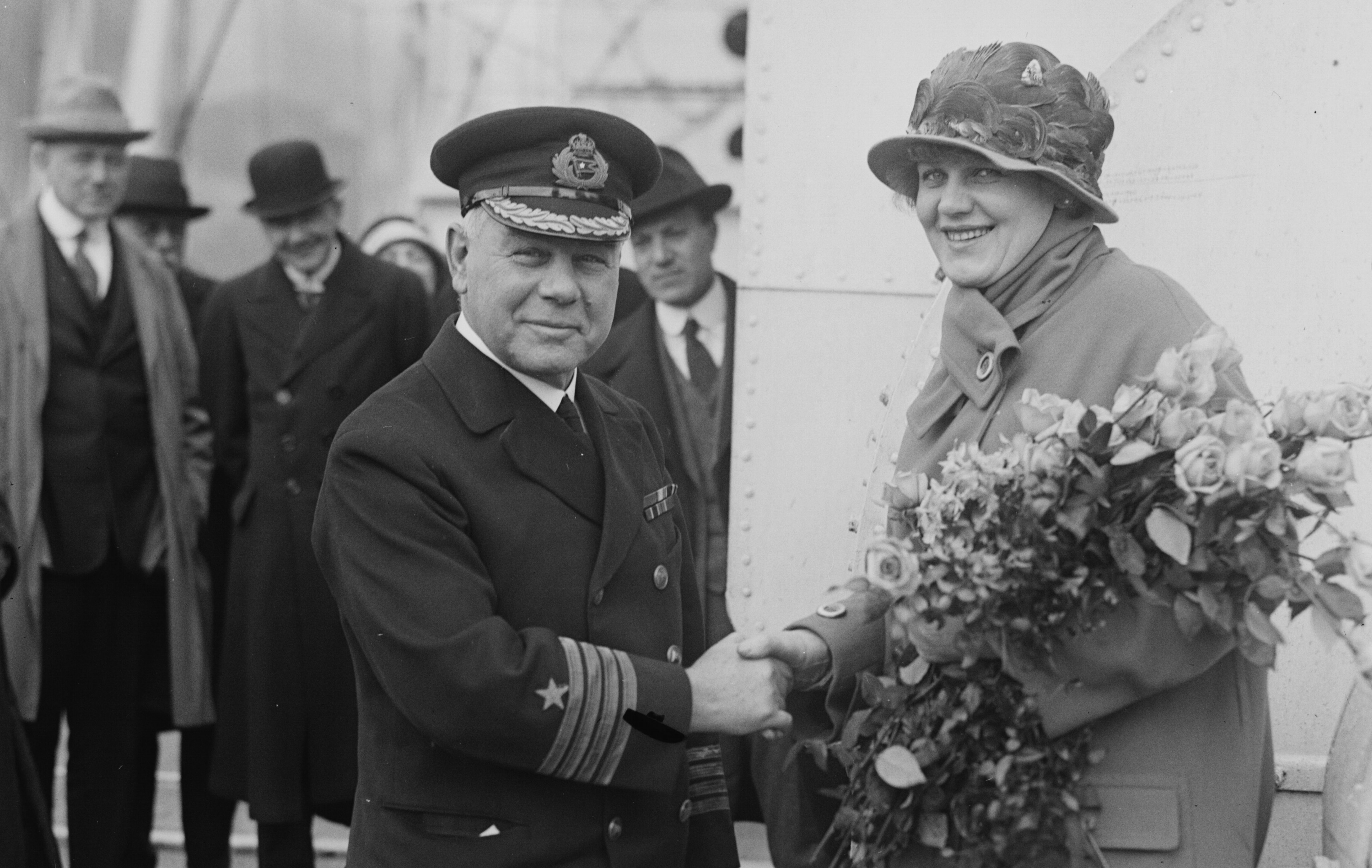
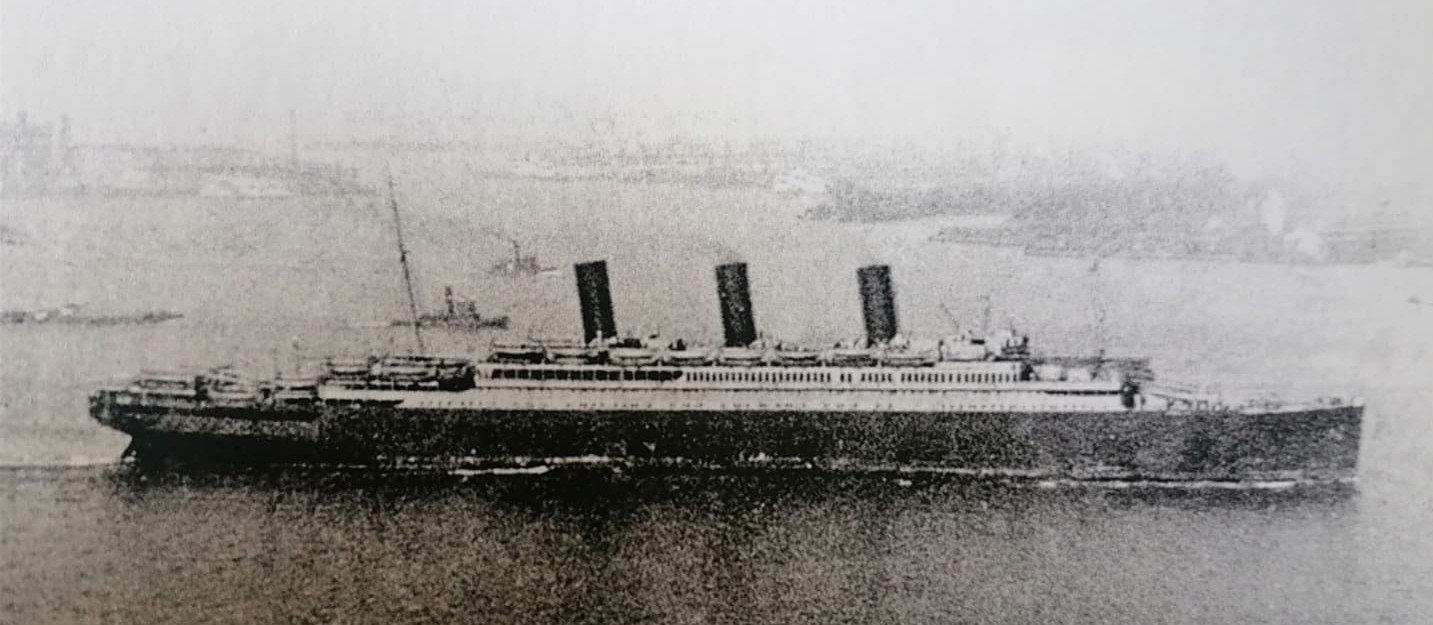
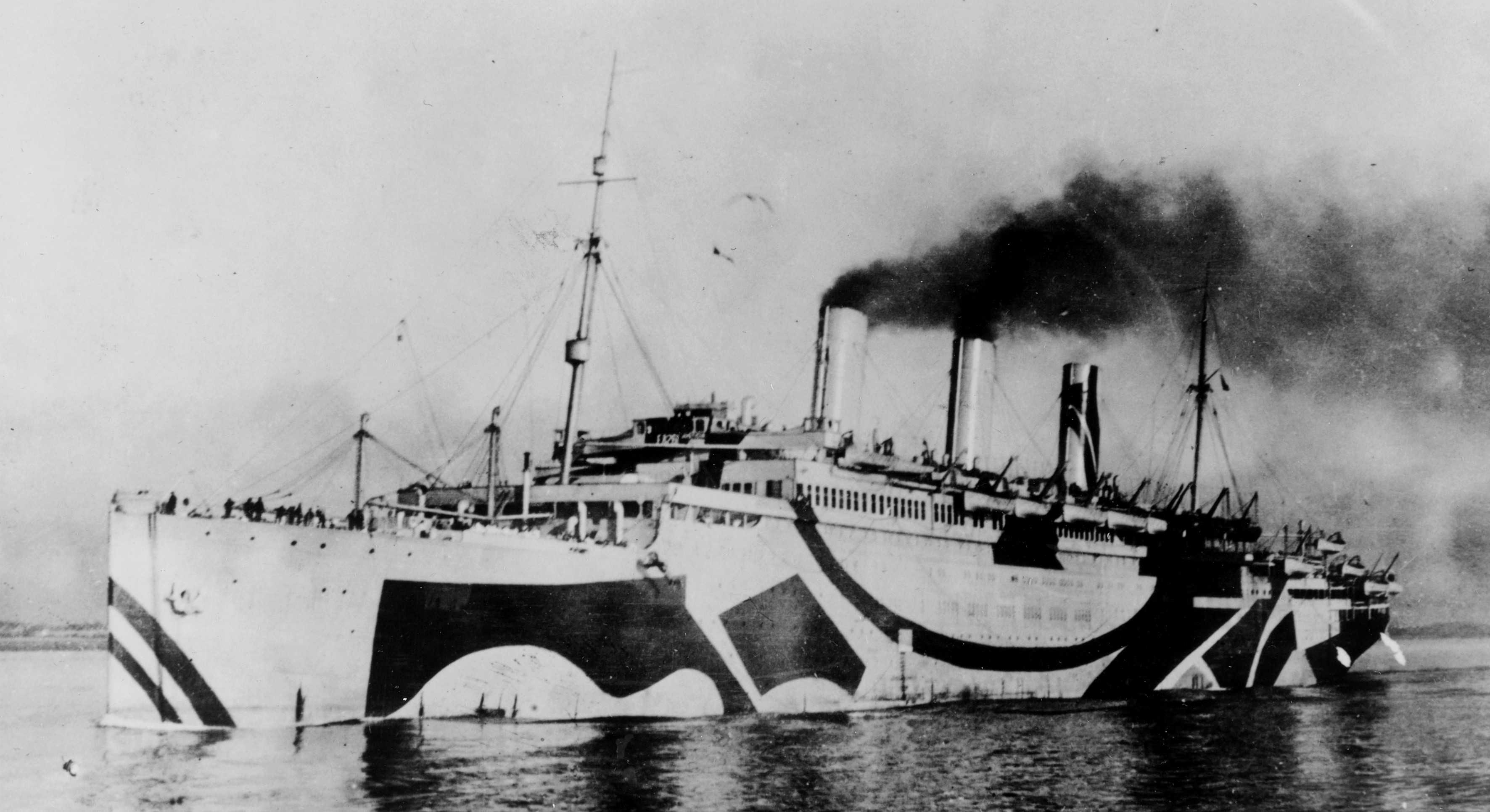
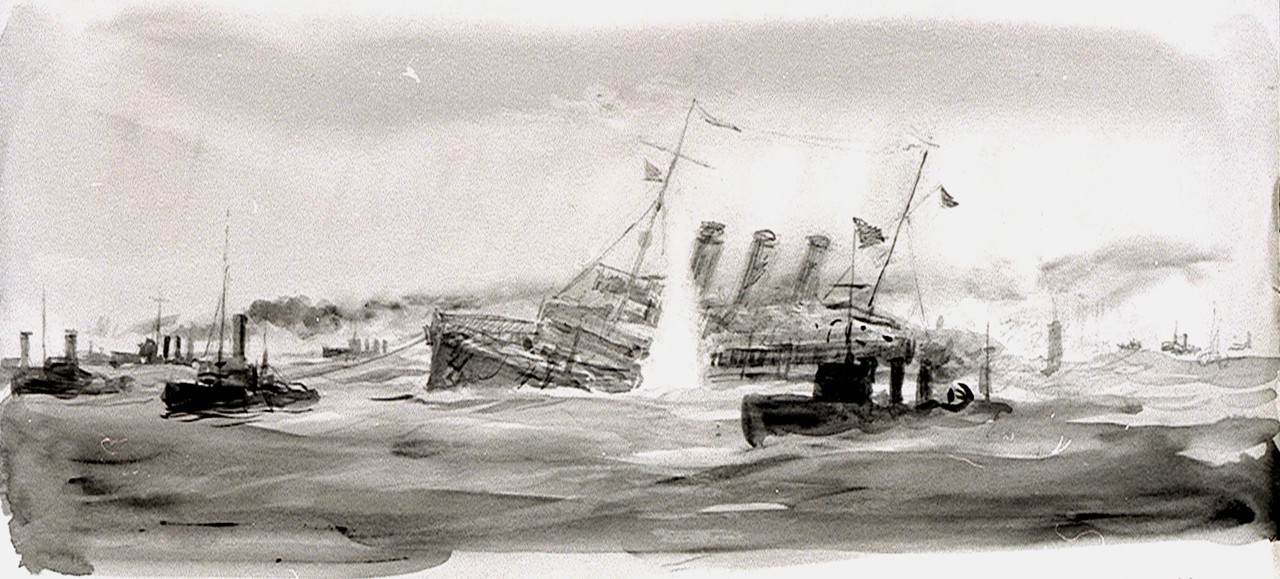

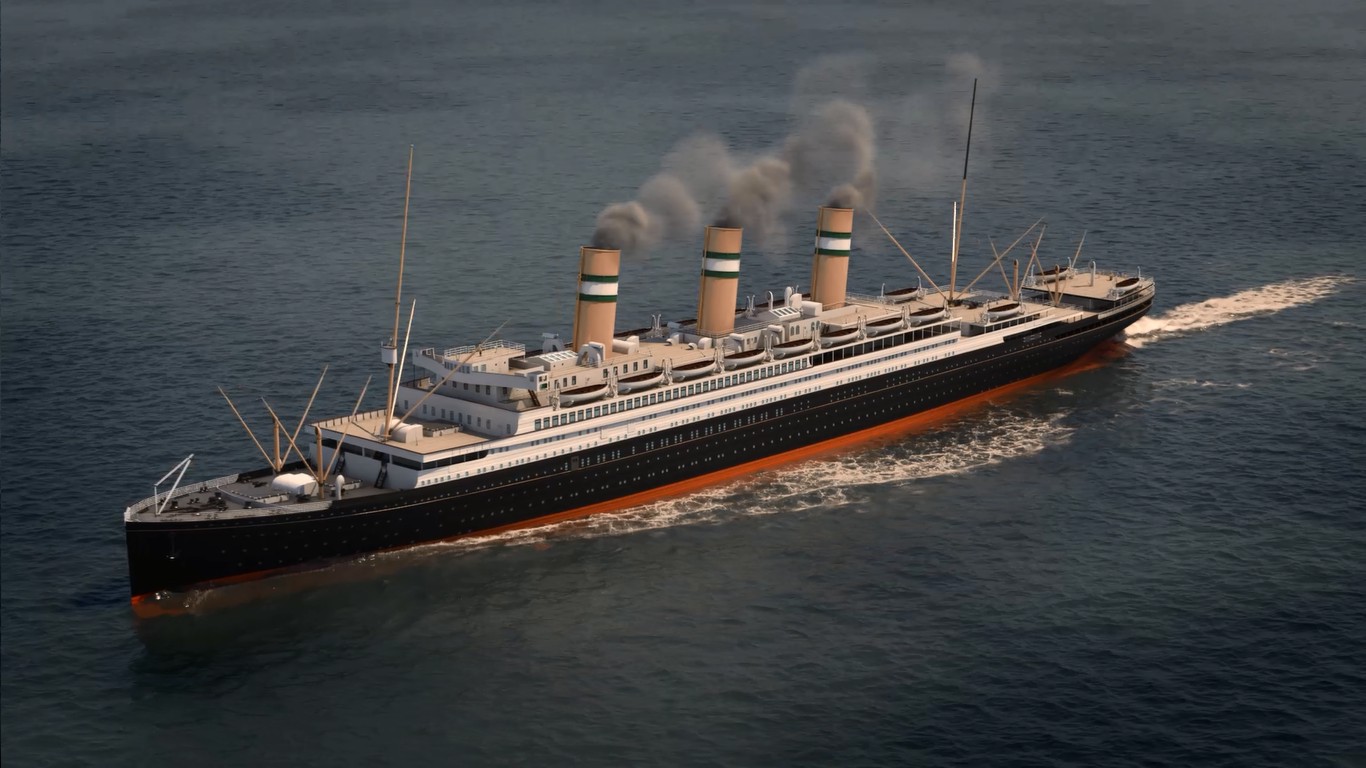
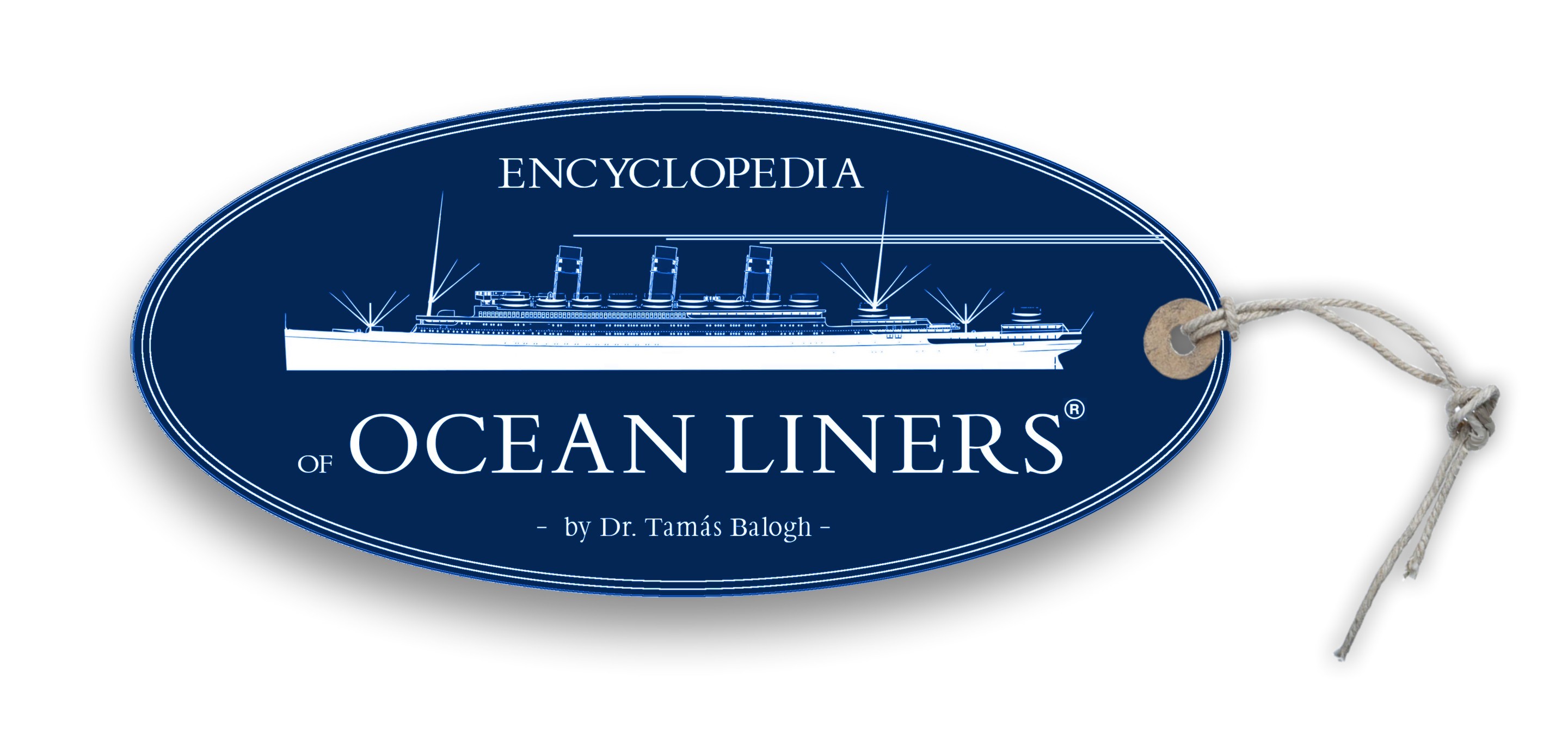

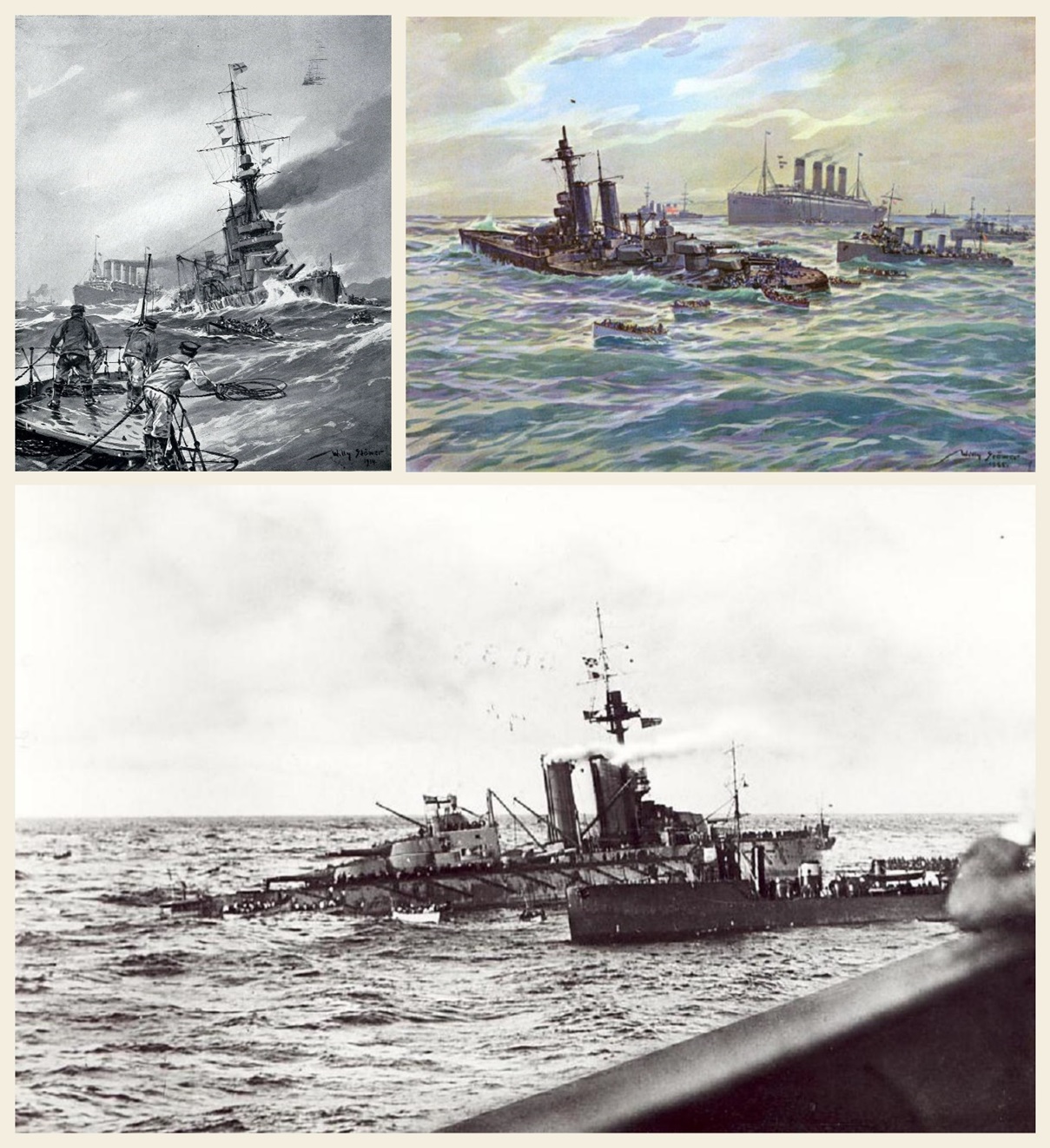

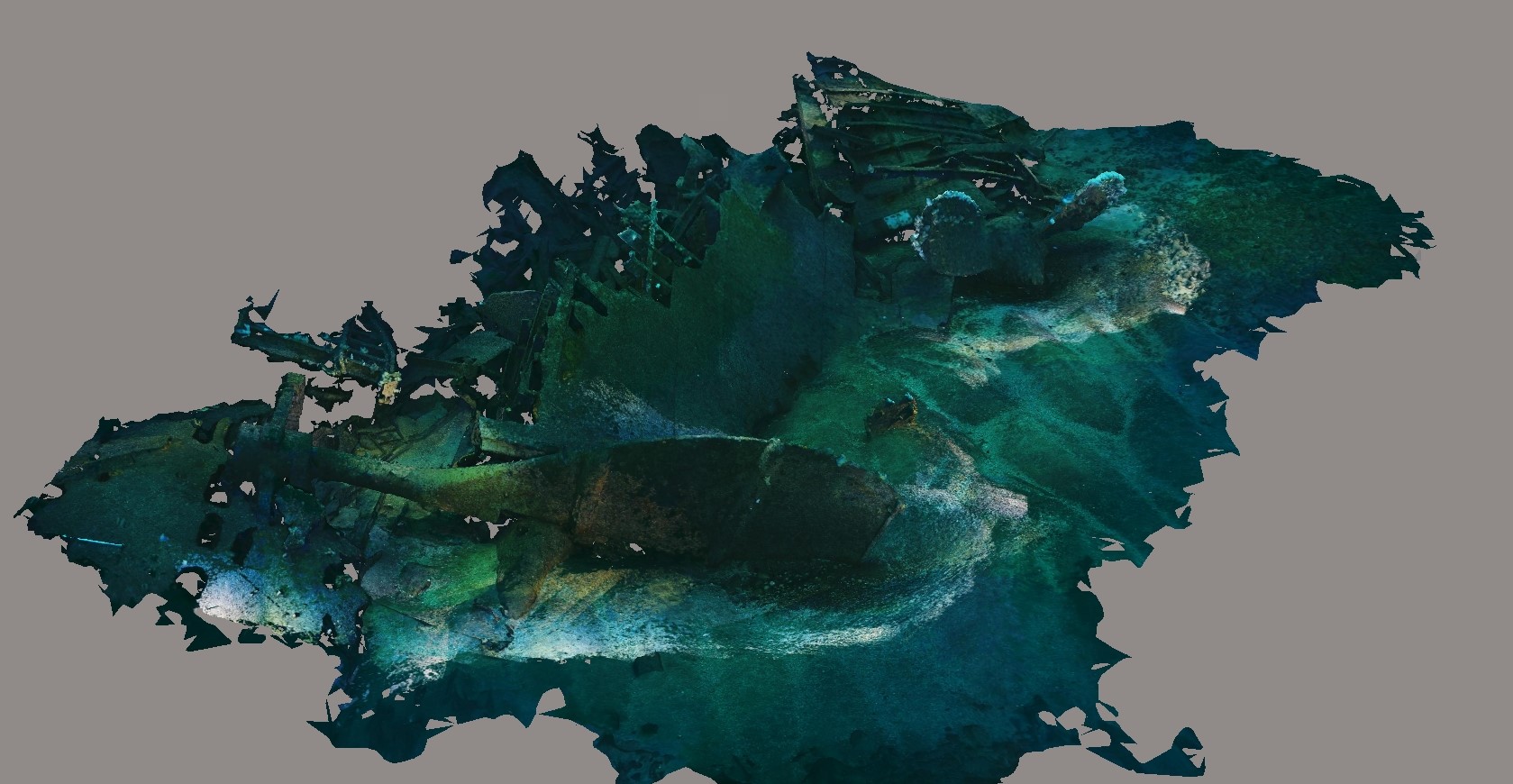
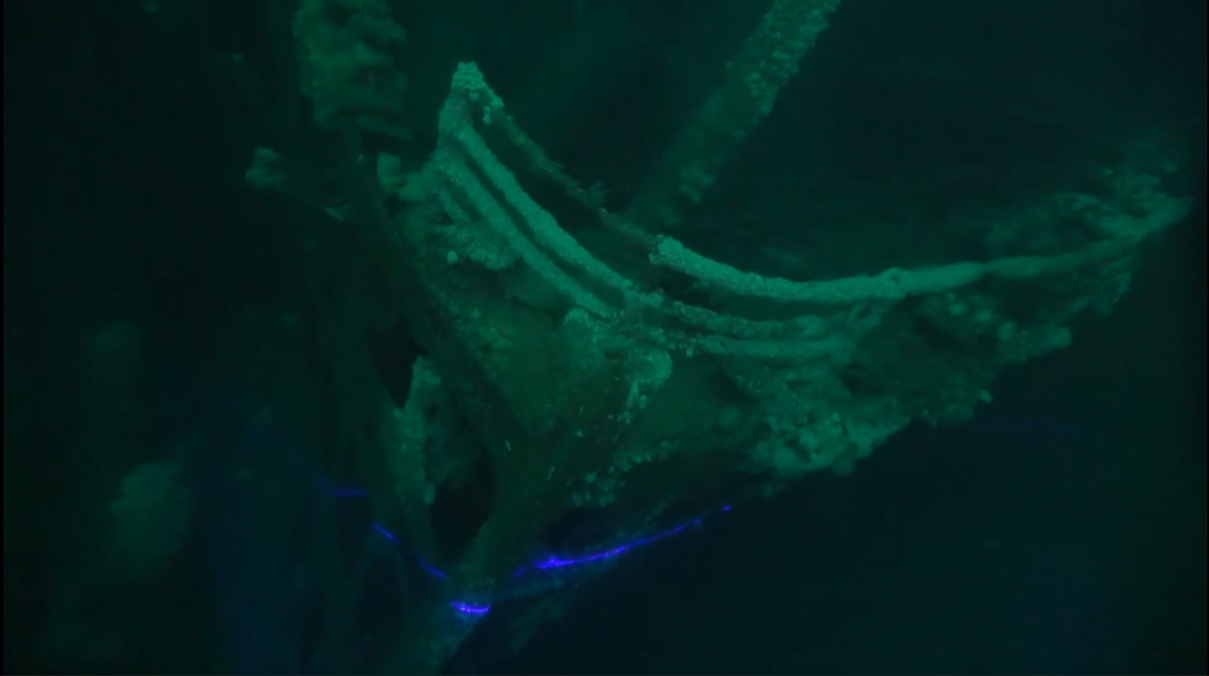

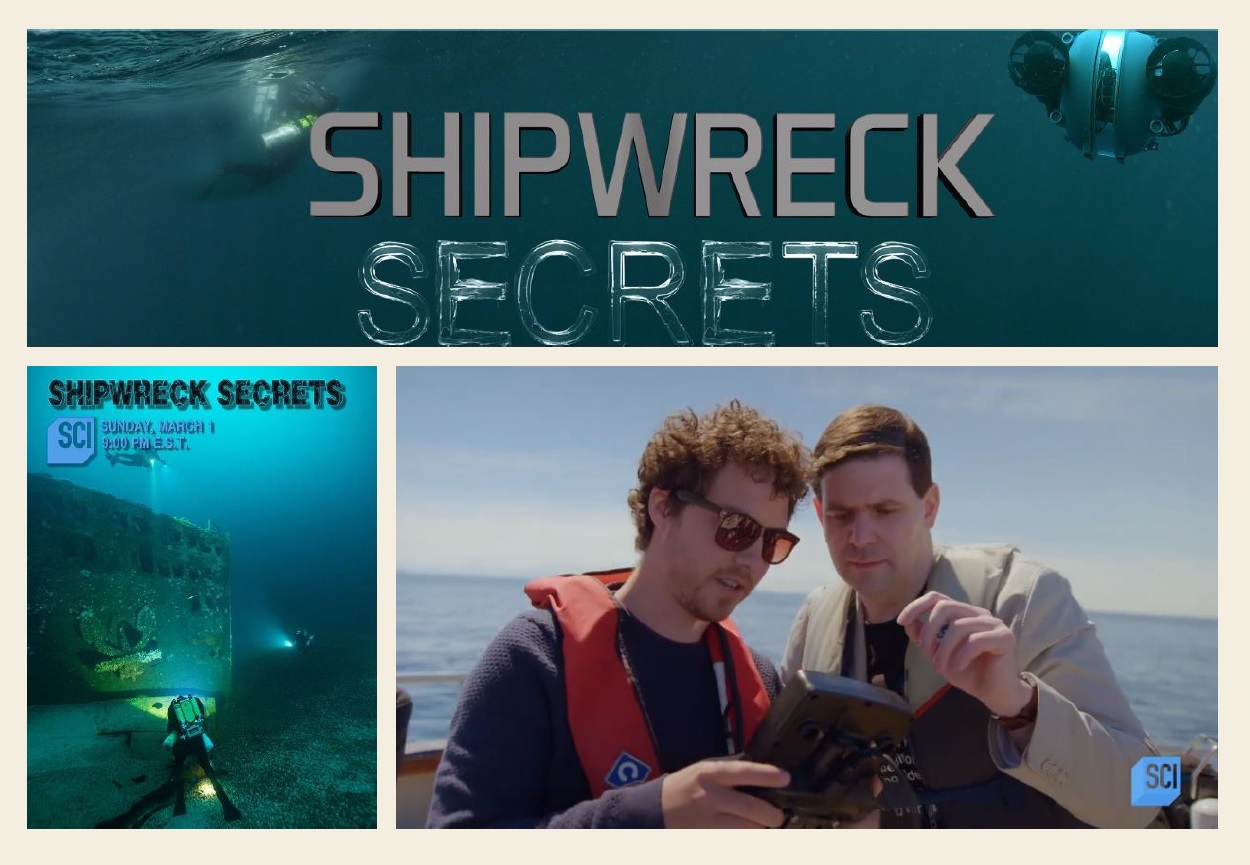
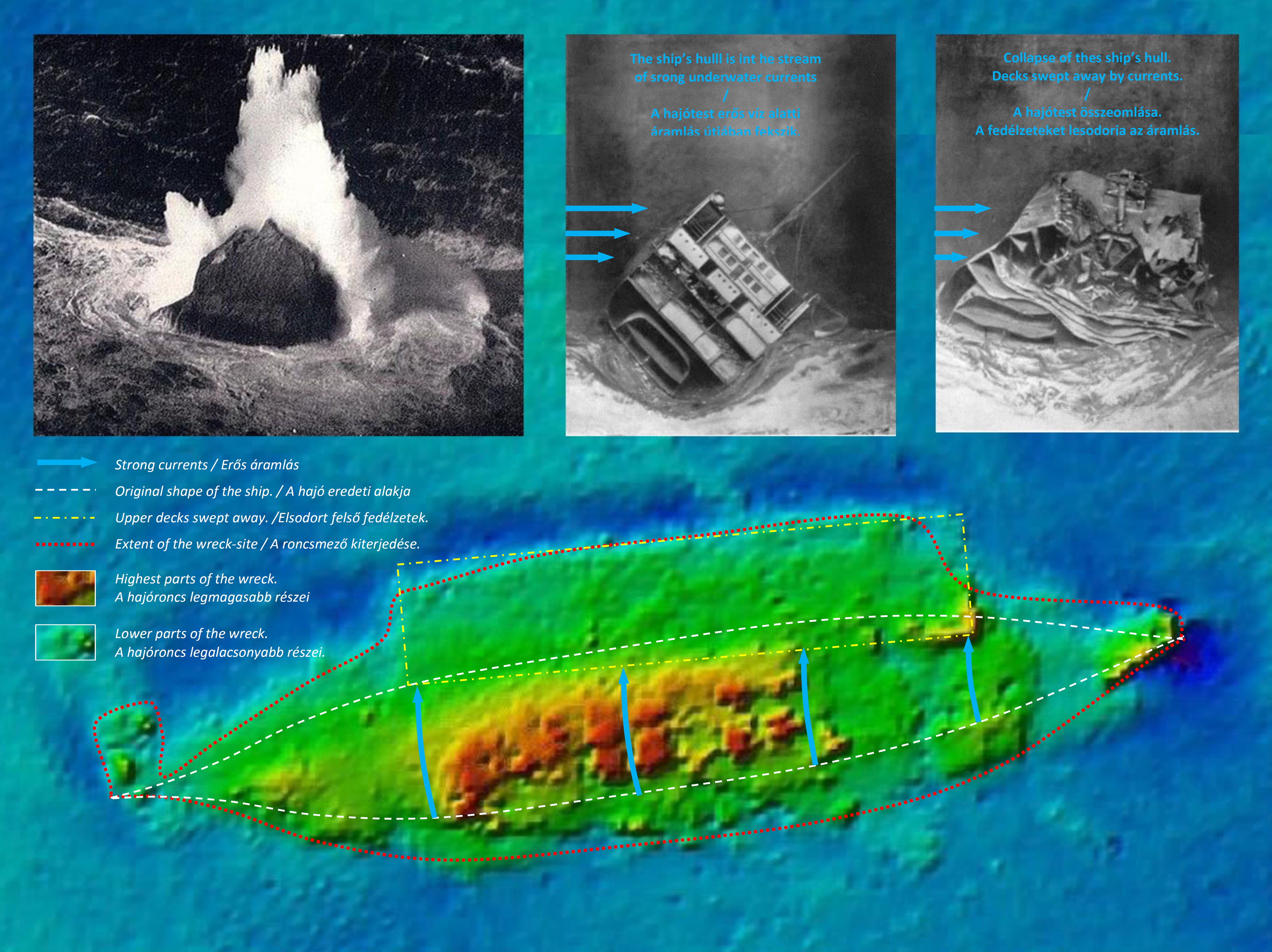
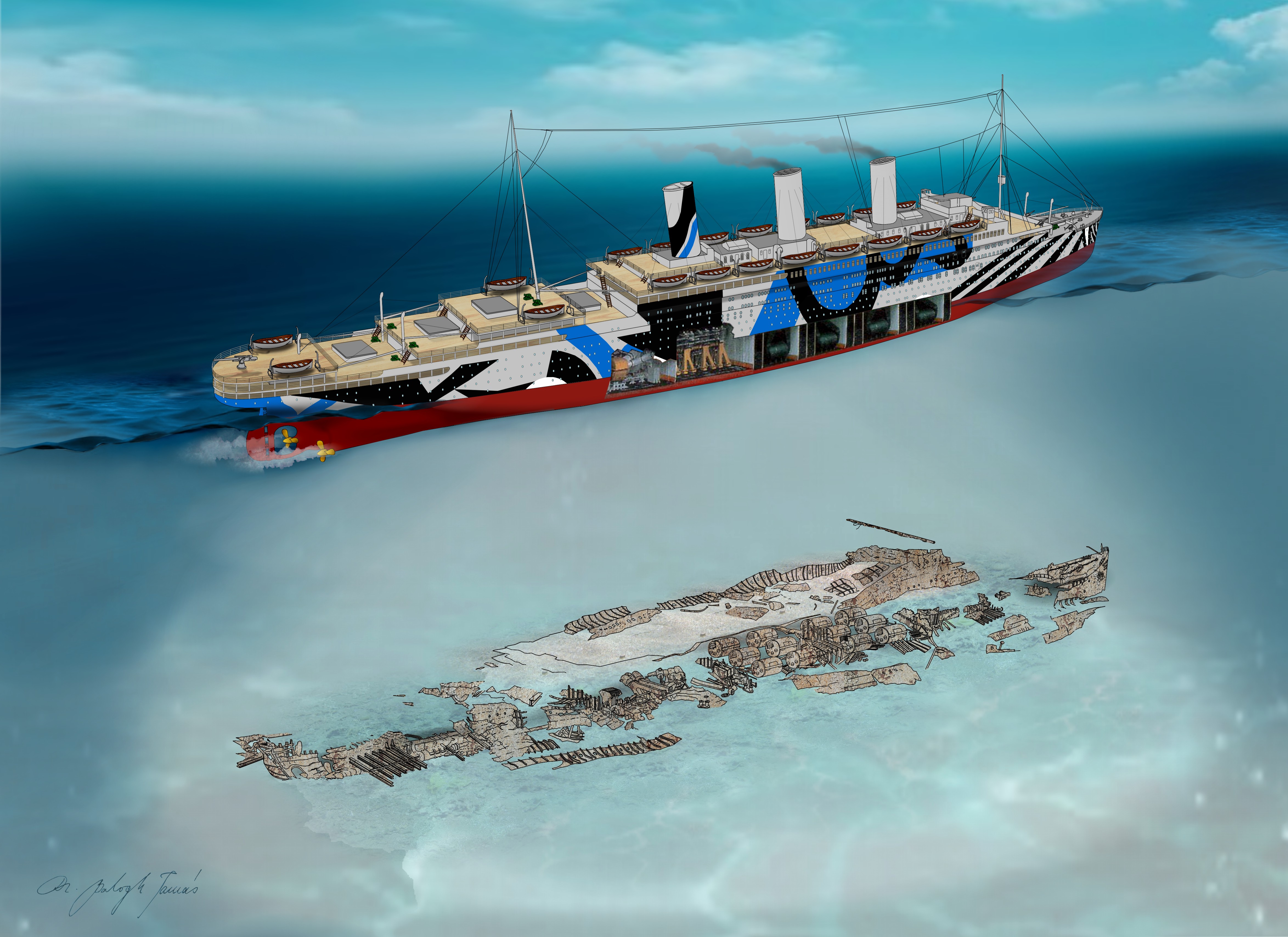

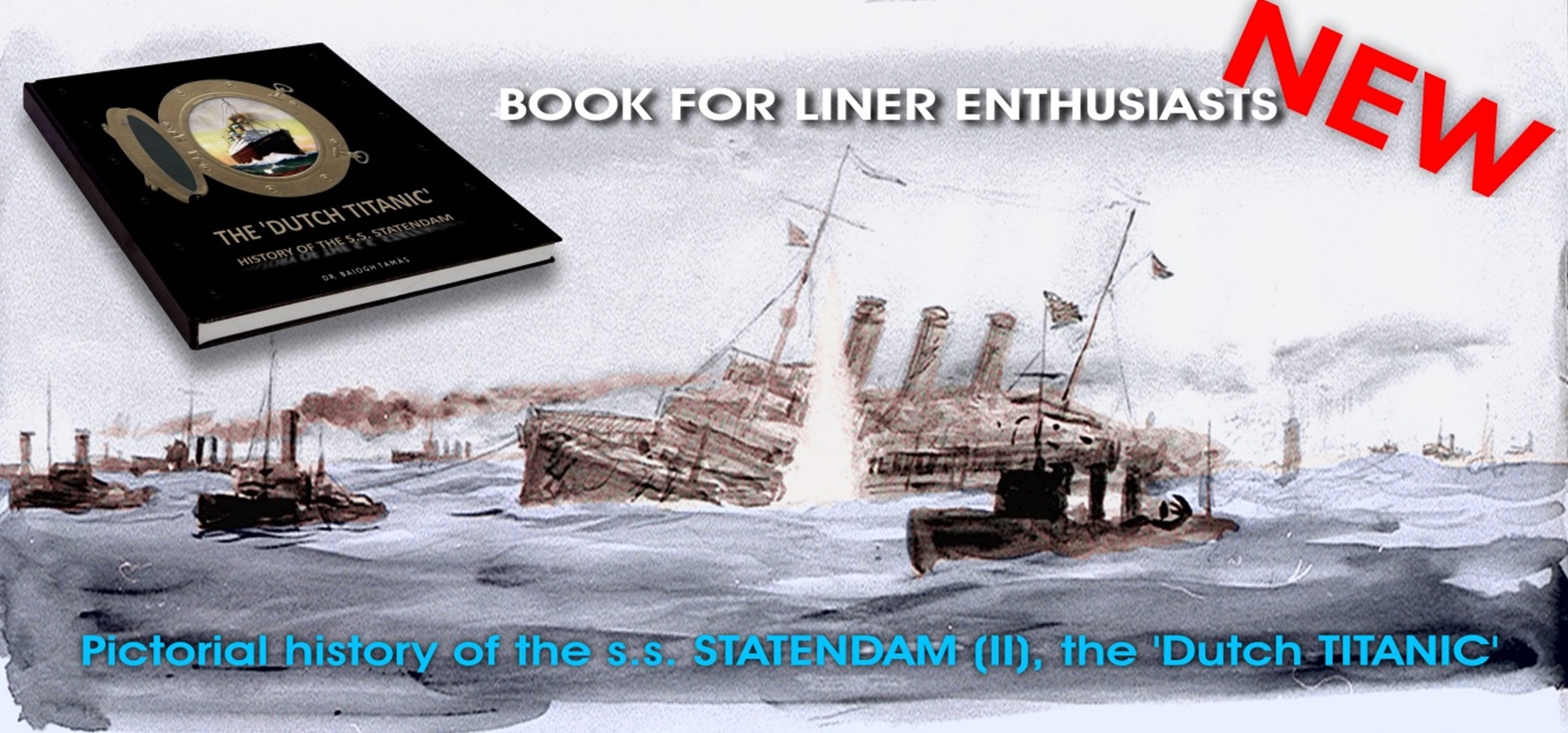
Utolsó kommentek